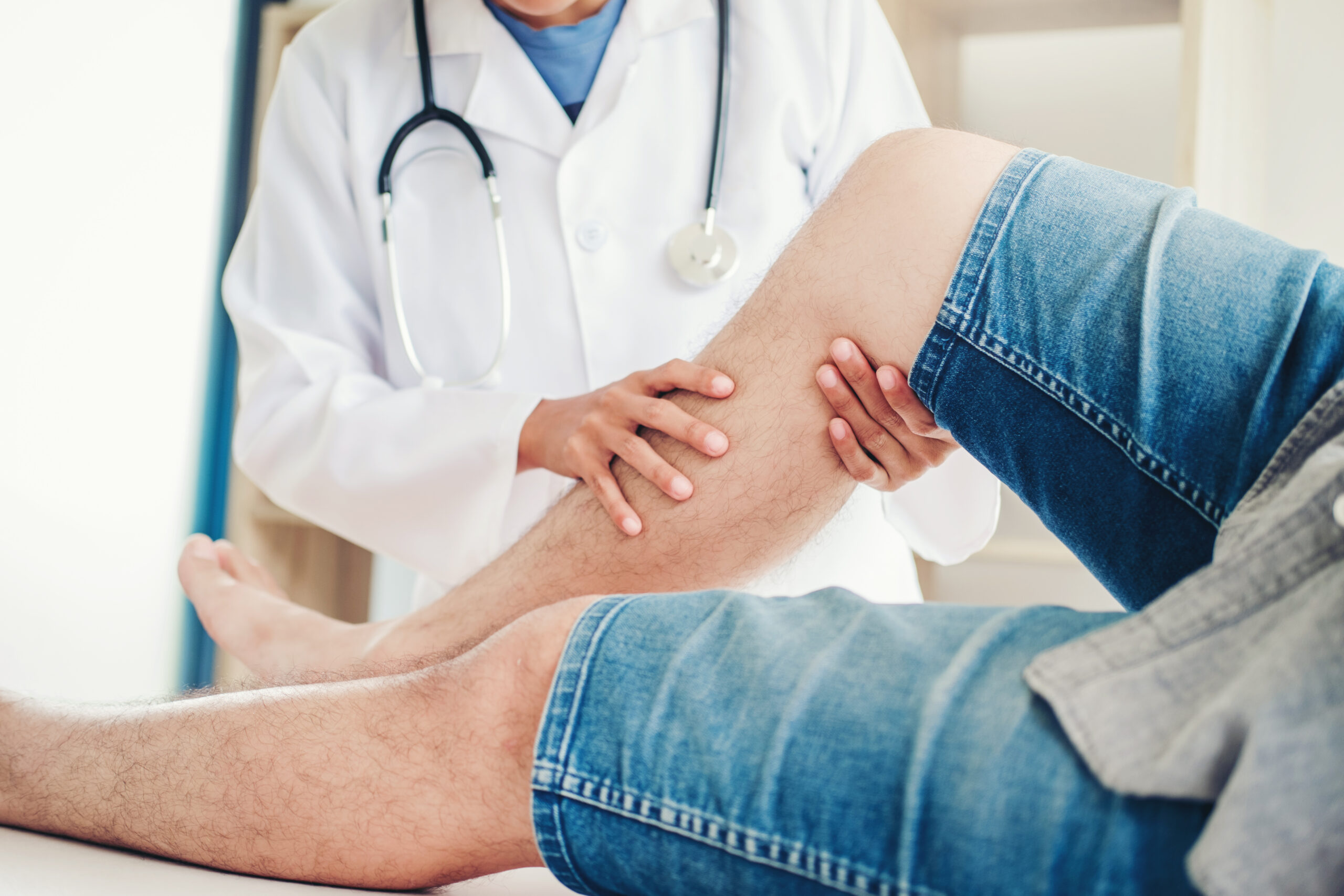Menstrual pain, also called dysmenorrhea, is a burden most women will experience at some point in their lives. When a woman menstruates, the lining of the uterus is expelled by contractions of the muscular organ. Those contractions can be felt as mild cramps or severe pain. When the pain is due solely to the process of menstruation, it is called primary dysmenorrhea. If there are additional issues contributing to the pain, in particular disorders like endometriosis, then the pain is termed secondary dysmenorrhea. Chiropractic care can help with both forms of menstrual pain, as well as additional symptoms experienced during menstruation, such as low back pain and headaches.
Premenstrual syndrome, or PMS, is a cluster of symptoms that include both physical and psychological aspects that can impact quality of life. It begins several days before the onset of menstruation and ends during or just after the period stops. Symptoms of PMS are thought to be related to increased estrogen, lowered progesterone, and alterations in serotonin. Supportive care for the discomfort and other symptoms can help the individual maintain their daily functioning.
Symptoms of Premenstrual Syndrome
- Pain, in the lower back, abdomen, head, and breasts
- Nausea and vomiting
- Increased appetite
- Constipation
- Irritability, anxiety, depression, sadness, and agitation
- Insomnia
Premenstrual dysphoric disorder, also called PMDD, is much the same as PMS, but with a more severe set of psychological symptoms that cause significant disruption in daily activities. For this reason, those with PMDD may require pharmacological management, particularly as the pathogenesis of PMDD involves alterations in serotonin and norepinephrine levels. However, chiropractic care can be a valuable adjunct to the plan of care, particularly in relieving musculoskeletal symptoms and improving overall well-being. Your chiropractor may be able to refer you to other providers as needed to round out the care plan, such as mental health professionals for therapy to assist in coping techniques and reducing stress.
Ways to Reduce PMS Pain at Home
- Reduce stress – This decreases the sympathetic nervous system stimuli that can worsen PMS
- Maintain regular physical activity and exercise
- Get enough rest and good nutrition
- Avoid eating fast food, sugary beverages, and fried foods
- Increase intake of complex carbohydrates
- Stay well hydrated
- Consider meditation, guided imagery, or stress relievers
- Heating pads
Improving quality of life for women during menstruation is a vital aspect of care that can restore quality of life. A skilled and knowledgeable chiropractor can develop an individualized plan of care to alleviate suffering and help restore your health. Contact Dr. Thomas Keogh at Bare Chiropractic in Billings, MT, today to start your path to healing.
Sources
Gudipally, P. R., Sharma, G.K. (2022). Premenstrual syndrome. In: StatPearls [Internet]. StatPearls Publishing. https://www.ncbi.nlm.nih.gov/books/NBK560698/
Nagy, H., Khan, M. A. B. (2022). Dysmenorrhea. In: StatPearls [Internet]. StatPearls Publishing. https://www.ncbi.nlm.nih.gov/books/NBK560834/



